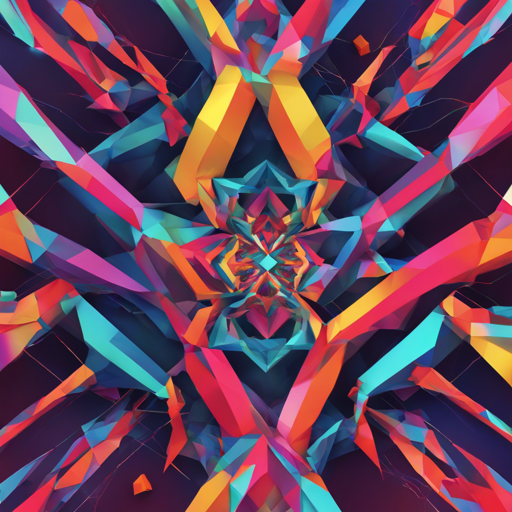Are you eager to create mesmerizing visual effects in your web applications? The world of WebGL shaders offers endless possibilities! In this guide, we’ll walk you through the steps to build a project featuring some exciting WebGL shader examples. You can also check them out live at webgl-shaders.com.
Getting Started with the Setup
Before diving into coding, let’s make sure you have the right tools installed. Follow these simple steps to prepare your environment:
- Install Node.js: If you’re on Ubuntu, you just need a few commands.
bash
sudo apt-get install curl
curl -sL https://deb.nodesource.com/setup_8.x | sudo -E bash -
sudo apt-get install -y nodejs
Global Dependencies
Next, you’ll need to install some global dependencies that will help us build our WebGL shader project:
- Grunt: A JavaScript task runner.
- Glslify: A shader tool for managing GLSL modules.
- Budo: A development server for live reloading.
bash
sudo npm install -g grunt-cli
sudo npm install -g glslify
sudo npm install -g budo
Clone the Repository
Now, we’ll get the source code into our local environment:
bash
git clone https://github.com/jagracar/webgl-shader-examples.git
cd webgl-shader-examples
npm install
Build and Run the Project
With everything set up, it’s time to build and run your project. Follow the steps below:
bash
grunt
budo --dir WebContent --live
Once you see everything working, you can test the examples by opening your web browser at http://localhost:9966.
Understanding the Code: An Analogy
Imagine you are a painter working on a canvas. Each brushstroke adds depth and color to the final artwork. In this analogy, your WebGL shaders are analogous to the brushstrokes that create compelling visual effects. The combinations of unique shader codes (brushstrokes) create dynamic visuals that play an integral role in enhancing the user experience on the canvas that is your webpage.
Troubleshooting Common Issues
While setting up your WebGL shaders project, you might face some challenges. Here are a few troubleshooting ideas:
- Problem: Dependencies failing to install.
- Solution: Ensure that Node.js is installed correctly and that you have the necessary permissions for installation.
- Problem: Server not starting.
- Solution: Check if port 9966 is already in use or if there are typos in the command.
- Problem: Shaders not rendering correctly.
- Solution: Validate the shader code; small syntax errors can lead to significant issues.
For more insights, updates, or to collaborate on AI development projects, stay connected with fxis.ai.
Conclusion
Congratulations! You have successfully set up a WebGL shader examples project. Now you are equipped with the knowledge to explore the world of interactive graphics on the web.
At fxis.ai, we believe that such advancements are crucial for the future of AI, as they enable more comprehensive and effective solutions. Our team is continually exploring new methodologies to push the envelope in artificial intelligence, ensuring that our clients benefit from the latest technological innovations.

